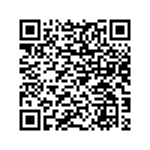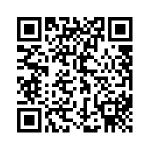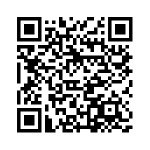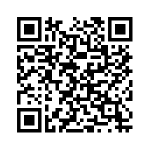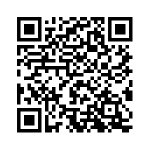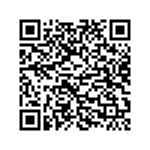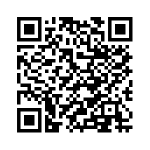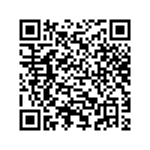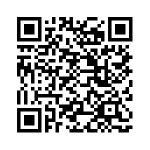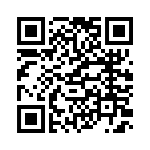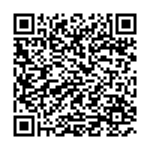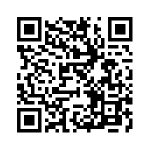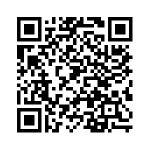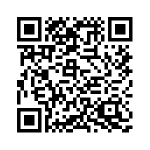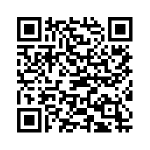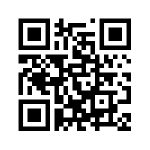9 Altering Patterns
Sheri Deaton
Altering Patterns
The goal behind creating a garment or article of clothing is for it to be a well-fitting and attractive final product (Westfall, 2013). Anything less than this is not acceptable. Understanding that every person has a unique shape and size, we understand that commercial patterns may not be the perfect fit for each person.
Knowing how to alter a pattern for apparel production or home furnishings is an important skill. Alterations made to the pattern before pinning and cutting out the fabric can save time, effort, and energy on the back end of the project (Deaton, 2021).
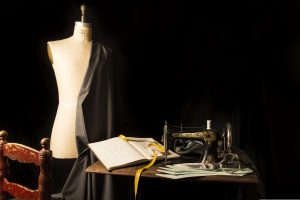
Steps for Success
- Read the pattern envelope. Look for keywords such as loose-fitting, fitted, semi-fitted, or close-fitting. These adjectives can give you an idea of what the final product will look like and how it will fit your body structure.
- Look for the ease allocation on the pattern instruction sheet. When we discuss ease in apparel production, we are talking about the amount of extra fabric allowed in a garment’s production to make the item comfortable (Westfall, 2013).
- According to Westfall (2013), the following are minimum ease allowances:
- Chest or bust–3-4 inches
- Waist– ½ inch
- Hips–1 inch (snug fit) or 2 inches (roomy fit)
- On the pattern envelope, find the finished garment measurements. Consider these numbers in comparison with your body measurements.
- Utilize a variety of resources to assist your understanding of the alteration process. Just like there is “more than one way to Wal-Mart” (Deaton, 2021), there is more than one way to alter a pattern. Evaluate the following resources as you seek to adjust patterns to best fit your body to create a well-balanced and comfortable garment.

Altering Sewing Patterns General Advice
The more you understand about altering patterns, the more confidence you can have in your own competence when it comes to altering manufactured patterns to meet your personal body shape, style, and comfort levels. Debbie Colgrove (2019) published this all-encompassing article of advice for altering sewing patterns. Check out her Spruce Crafts page and the suggestions she has for how to alter any sewing pattern.
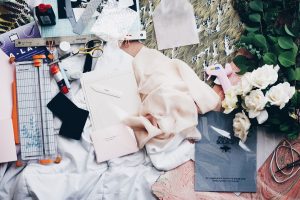
Altering Crotch Depth
For many individuals, the standard crotch depth allowed in manufactured patterns is not appropriate for their body shape. The crotch of a garment should fit comfortably, allowing movement but not puckering or folding in awkward or unflattering places. The following resources have specific details concerning how to alter the crotch depth for a variety of garments designed to cover the lower portion of the body.
Terra Jennings (2018) shows step-by-step how to adjust for crotch and booty depth for joggers.
LLadyBird (2018) shared a step-by-step process for adjusting for crotch depth on pants.
Beth at Sew DIY (2019) created a video and step-by-step tutorial for how to lengthen or shorten the rise of a pants pattern. This tutorial could be helpful for adjustments made to the crotch.

Adjusting Pattern Length
Adjusting a pattern’s length is the most common pattern adjustment needed (Deaton, 2021). Perhaps you found a skirt or pant pattern that fits perfectly in the waist and hip measurements, yet the length does not reflect your height. What do you do? By altering the length of the pattern before you pin it to the fabric, tailoring the pattern and the subsequent garment to fit your personal needs. When you know how to alter a pattern for length, your options for patterns greatly improve.
The Sewing Revival (2022) developed an easy step-by-step process for adjusting a pattern for the length.
Some patterns should be altered for the torso length. This is a common adaptation and one that is important to know and understand. Brittany Bumb (2020) outlined how to adjust torso length in her tutorial.
Love Notions (2017) created an outline of how and where to adjust pattern pieces for adding or subtracting length based on your height. Knowing where to adjust the pattern pieces will help ensure the final product is tailored exactly to your specifications.
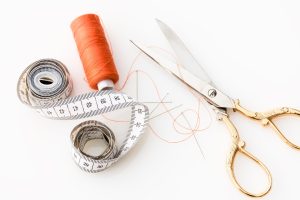
Adjusting Pattern Width
Each person is uniquely created. We do not all have the same size, body structure, or body mass composition. Different does not mean less than, it just means different. Embrace your unique body structure! Picolly (2020) created a step-by-step tutorial for adjusting patterns for width and embedded video tutorials on their website.
Melly Sews (2019) highlighted ways to resize sewing patterns to make them larger or smaller. This is another fantastic resource to consider when altering patterns to best fit your unique shape.
Superprof (2019) shared in this blog common hacks for adjusting any sewing pattern. Check it out!

Adjusting Sleeve Length
Sleeve length is another common alteration. Knowing your measurements is critical before choosing a pattern.
- Females should put one arm down at a slight angle to measure their sleeve length. Put the measuring tape at the corner of the shoulder and measure down to where you would like for your sleeve to end.
- For men, this measurement is slightly different. For a jacket’s sleeve shirt measurement, bend the arm slightly at the elbow. Put the measuring tape at the tip of the shoulder and run the tape down the outside of the arm toward the wrist bone. This is a common way to measure for the length of the sleeves on a jacket or sports coat. For sleeve length on a man’s shirt, hold the arm out straight to the side, away from the body. Measure from the center of the upper back, using the bone in the center of his neck as a starting point. Measure from this bone to his shoulder, then to his wrist bone. This is the common way to take a sleeve length measurement for a man’s shirt.
See the chapter entitled “Preparing for Pattern Selection” embedded in Unit 2: Getting Prepared for more details on how to take your measurements.
Maison Fauve (2021) outlined a step-by-step process for how to shorten or lengthen a sleeve length. This simple alteration can take a commercial product and tailor it to your specific needs.
Beth at Sew DIY (2021) created a video and step-by-step tutorial on how to adjust the sleeve length.
Fair Fit Studio also published a written tutorial with embedded videos to help visual learners understand how to make common sleeve alterations.
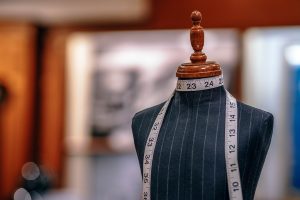
Altering Commercial Products
What if you have purchased a prefabricated item from a home goods or clothing store but it does not fit right, now what? Knowing how to mend and alter commercially made clothing is another essential skill that can save you money in the long run (Deaton, 2021). Use the following resources as you seek to add these alteration skills to your apparel production tool belt.
Watch this video to learn how to mend and alter clothes.
Watch this video to learn how to take in the sides of a dress and make it smaller.
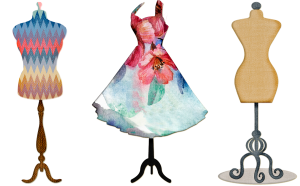
Hemming it Up
We are all uniquely made and as such, we all have unique body shapes and sizes. When you know how to alter a pattern or how to alter a garment, you can create or modify garments to best fit your shape. Ideally, you will adjust the pattern before cutting out the fabric. You should try on the garments as you are creating them. Do not wait until the last stitches are made before trying on the items. Many alterations can be made more easily during the construction of the garment instead of waiting until the end of the production.
If tailoring clothing or patterns is interesting to your students, encourage them to research the employment data for this career path. Tailors, dressmakers, and custom sewers are highly needed and sought out for occupation nationwide. Information regarding employment trends and annual wage can be found at the U.S. Bureau of Labor Statistics website: bls.gov/ooh.
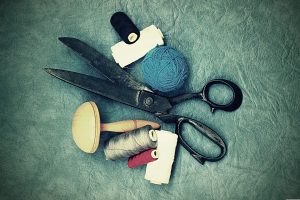
References
Deaton, S. (2021). Teaching Apparel Production. Presentation.
Westfall, M. (2013). Successful sewing. The Goodheart-Willcox Company, Inc.

